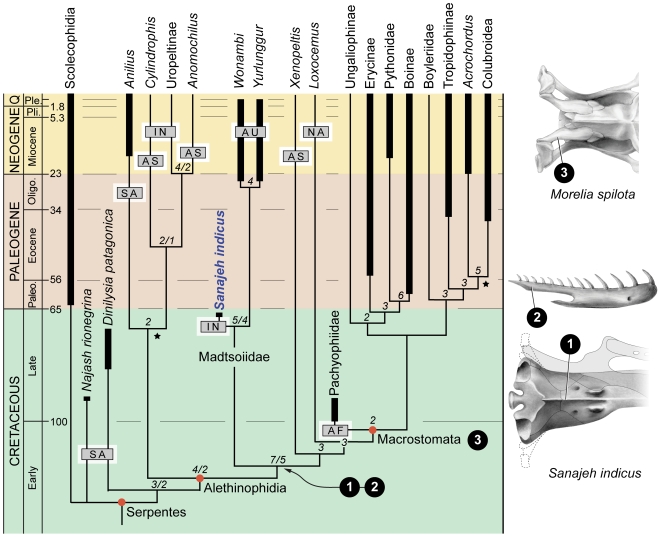Figure 6. Calibrated phylogeny of snakes and evolution of wide-gape feeding.
Adams consensus of the single most parsimonious trees derived from analyses employing Amphisbaenia and Varanoidea as outgroups. Topologies were identical except for the position of Najash relative to Scolecophidia and Dinilysia. Numbers at nodes indicate decay values greater than 1; where decay indices differ between analyses, both are reported (separated by a “/”). Trees rooted with Amphisbaenia have stronger support at basal nodes (see Text S6 for additional details). Half-tone drawings at right illustrate three innovations in the evolution of large gape in snakes. Basal alethinophidians such as Sanajeh acquired a prominent median ventral keel on the basioccipital and parabasisphenoid (1) and an elongate posterior dentary process (2), which suggest increased intraoral mobility. Macrostomatans evolved an elongate supratemporal bone (3) that increases gape by positioning the jaw joint well posterior of the occipital condyle. Geographic distributions (gray rectangles) indicate Gondwanan affinities for basal snakes, including an Indo-Australian distribution for the clade including Sanajeh, Wonambi, and Yurlunggur. Scolecophidia and Macrostomata possess a cosmopolitan distribution, and outgroup distributions are primarily Laurasian [15]. The taxonomic composition of Macrostomata follows [6] and [17]. Stars indicate first occurrences based on stem-group fossils [47],[48]. Abbreviations: AF, Africa; AS, Asia; AU, Australia; IN, India; NA, North America; SA, South America.

